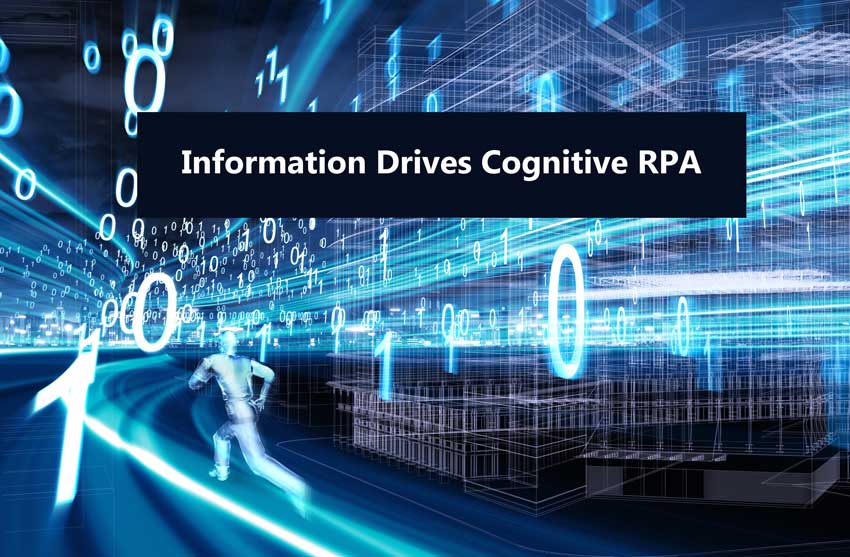
This article, “Information Needs Drive Cognitive RPA,” authored by Greg Council, was first published by Sourcing Industry Group (SIG) on July 3 and an excerpt is provided below.
Industry Challenges
When it comes to Robotic Process Automation (RPA) within a digital transformation project, the clear objective is to move all processes into a controllable, fully-automated workflow. This is achievable when processes need to use structured data. However, the most expensive and business-critical processes involve human workflows using complex, document-based information. Achieving the same levels of automation realized from structured RPA-enabled processes becomes much more challenging because the needed information isn’t always easy for a system to locate—much less successfully extract—from a document. Without a precise solution for getting access to document-based data, automation is adversely affected.
Finding the Right Solution
The answer is to approach cognitive RPA projects by understanding the level of “maturity” required with respect to the level of document automation your project requires and compare that with your peer’s experience within your industry.
This includes getting a solid foundation in what are current best practices regarding automation and understanding the various options for injecting document automation into RPA projects. Not all vendors approach a solution in the same way and not all capabilities are equal.
There are also some gaps between the need of a project and any selected solution. For instance, do you deal with form-based data or is there a mix of structured and unstructured information? What is the level of variance regarding the documents involved? Understanding these key aspects will provide a structure to determine what automation technologies are required and how to vet them.
There is also the concept of low-risk, easy-win automation projects that others have tackled. Simply put, some processes are easier to automate than others including cognitive RPA. This goes hand-in-hand with understanding the nature of your information needs. In some cases, from a business process perspective, a solution provider might already have something pre-configured that will significantly reduce risk speed time to production.
>>Free Download: Document Processing Automation | Robotic Process Automation
Ultimately, having some candidate business processes mapped, documenting the nature of document-oriented information involved, and having a good understanding of available solution capabilities will ensure that the selected solution will be the best fit.
On-demand Webinar
Check out the SIG Webinar in which Harvey Spencer Associates VP of Research Mike Spang and Greg Council take an in-depth look at document processing automation at the core of cognitive RPA and its impact on operations. We focus on how to close the gap between document automation project launch and goal realization based on actual use cases. We examine the current state of document automation in cognitive RPA application deployment, recommended steps for a successful RPA document automation project, provide examples of business processes that have been improved by leveraging cognitive RPA with document automation at its core and identify the best task candidates for automation.
>>Webinar On-demand – watch at your leisure: Document Processing Automation at the Core of Cognitive RPA
